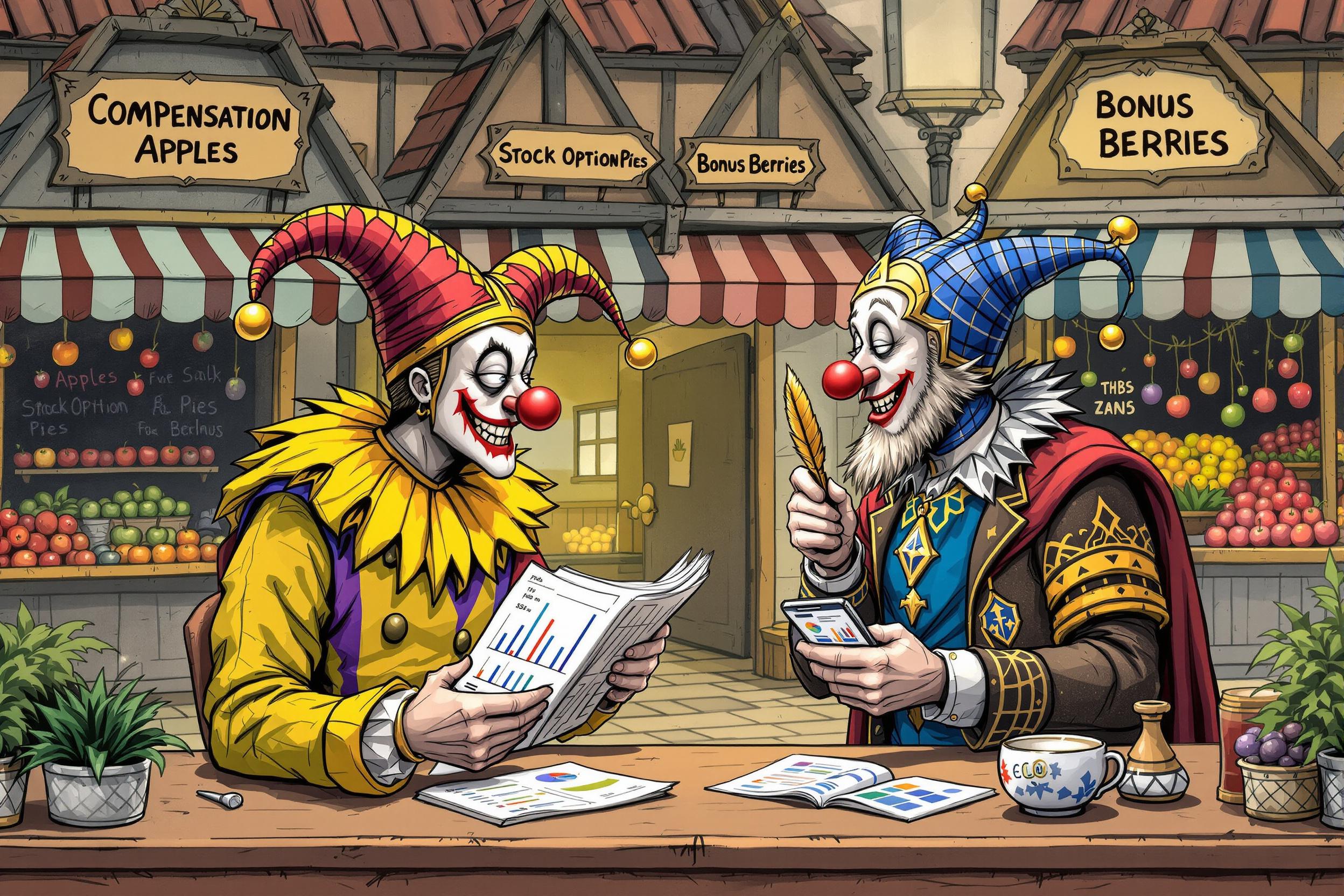
Price Realized
Price Realized is the final selling price of an item at auction, including the buyer's premium (auction house fees). It's different from the estimated price or starting bid, as it shows what someone actually paid for the item. This term is important in auction house work because it helps track market values and success rates of sales. When you see this on a resume, it often indicates experience in tracking, analyzing, or reporting auction results. Similar terms include "hammer price plus premium" or "final sale price."
Examples in Resumes
Maintained database of Price Realized data for over 5,000 art pieces
Generated quarterly reports comparing Price Realized against pre-sale estimates
Developed new system for tracking Prices Realized across multiple auction categories
Typical job title: "Auction Specialists"
Also try searching for:
Where to Find Auction Specialists
Professional Organizations
Industry Resources
Job Boards
Example Interview Questions
Senior Level Questions
Q: How would you analyze price realized trends to improve future auction estimates?
Expected Answer: The candidate should explain how they would compare historical prices realized against estimates, consider market conditions, and use this data to make better pricing decisions for future auctions.
Q: Describe a situation where price realized data helped you make a strategic business decision.
Expected Answer: Look for examples of using sales data to adjust marketing strategies, identify valuable market segments, or make recommendations to consignors.
Mid Level Questions
Q: How do you explain differences between estimates and prices realized to clients?
Expected Answer: Should demonstrate ability to communicate market factors, buyer behavior, and auction dynamics in clear, professional terms to clients.
Q: What factors can affect the price realized for an item?
Expected Answer: Should mention condition, provenance, market trends, competition during bidding, marketing effectiveness, and current collector interests.
Junior Level Questions
Q: What's the difference between hammer price and price realized?
Expected Answer: Should explain that hammer price is the winning bid amount, while price realized includes the buyer's premium and any additional fees.
Q: How do you record and verify prices realized after an auction?
Expected Answer: Should describe basic process of documenting final sales prices, double-checking figures, and entering data into tracking systems.
Experience Level Indicators
Junior (0-2 years)
- Basic data entry of auction results
- Understanding of auction terminology
- Simple price realized reports creation
- Basic market research assistance
Mid (2-5 years)
- Detailed analysis of price trends
- Client result reporting
- Database management of sales results
- Market comparison research
Senior (5+ years)
- Strategic pricing recommendations
- Advanced market analysis
- Sales performance forecasting
- Team training on price analysis
Red Flags to Watch For
- Unable to explain the difference between estimates and prices realized
- No experience with auction databases or result tracking
- Lack of understanding about buyer's premium
- Poor attention to detail in data entry




